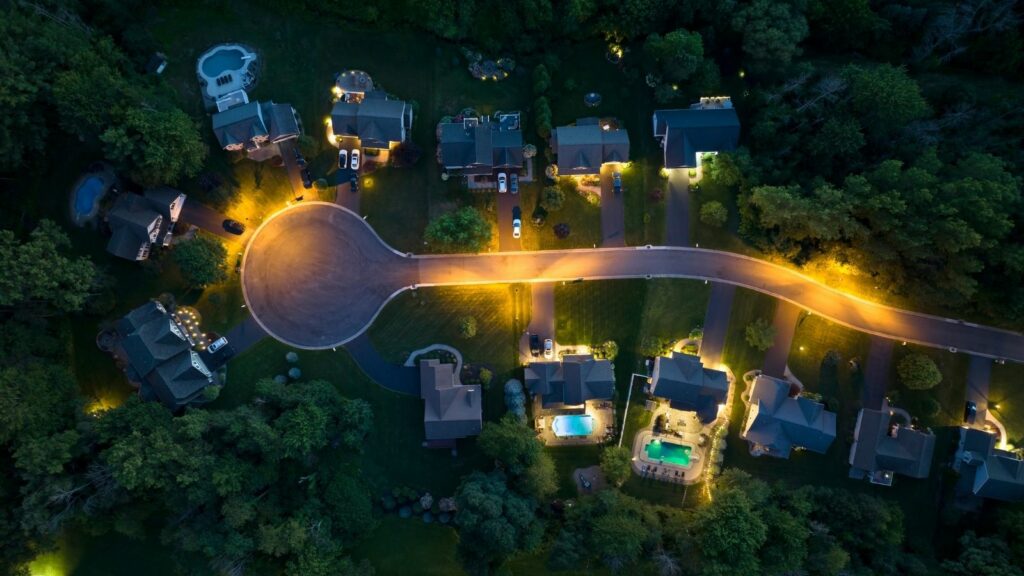Buying a home symbolizes stability and success. However, many prospective homeowners focus solely on the mortgage payments and overlook numerous hidden costs associated with homeownership. These unforeseen expenses can add up quickly, potentially straining your budget. Here are 17 hidden costs of homeownership you might not have considered.
Property Taxes
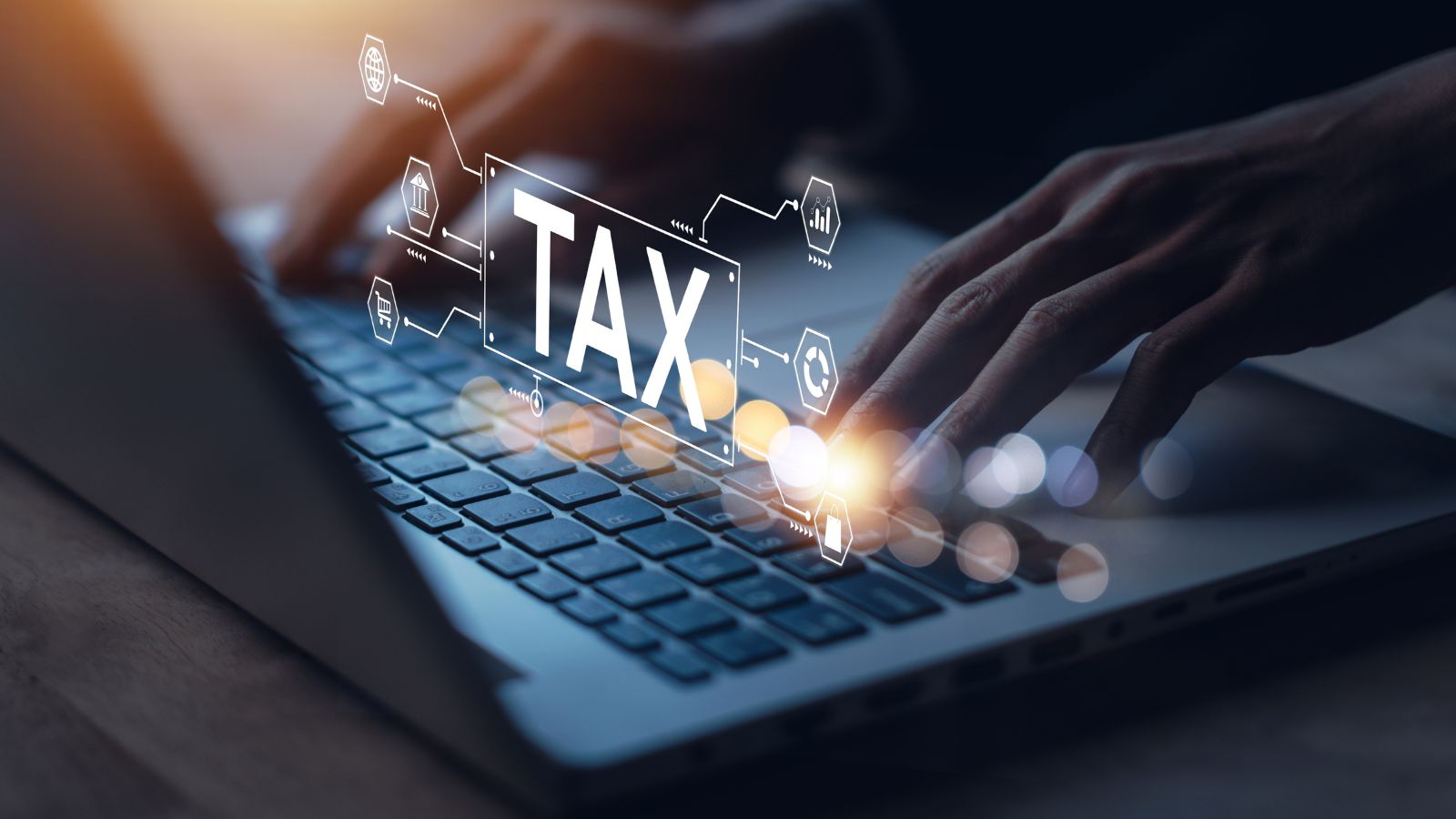
Property taxes are a significant ongoing expense that varies widely depending on location. While you might be aware of the taxes when you purchase the home, they can increase over time due to reassessments or rising local tax rates. It’s essential to budget for potential increases to avoid surprises. Property taxes are based on the assessed value of your home and can sometimes increase substantially if property values in your area rise. Some local governments might also implement new taxes or fees that homeowners must pay.
Homeowners Insurance
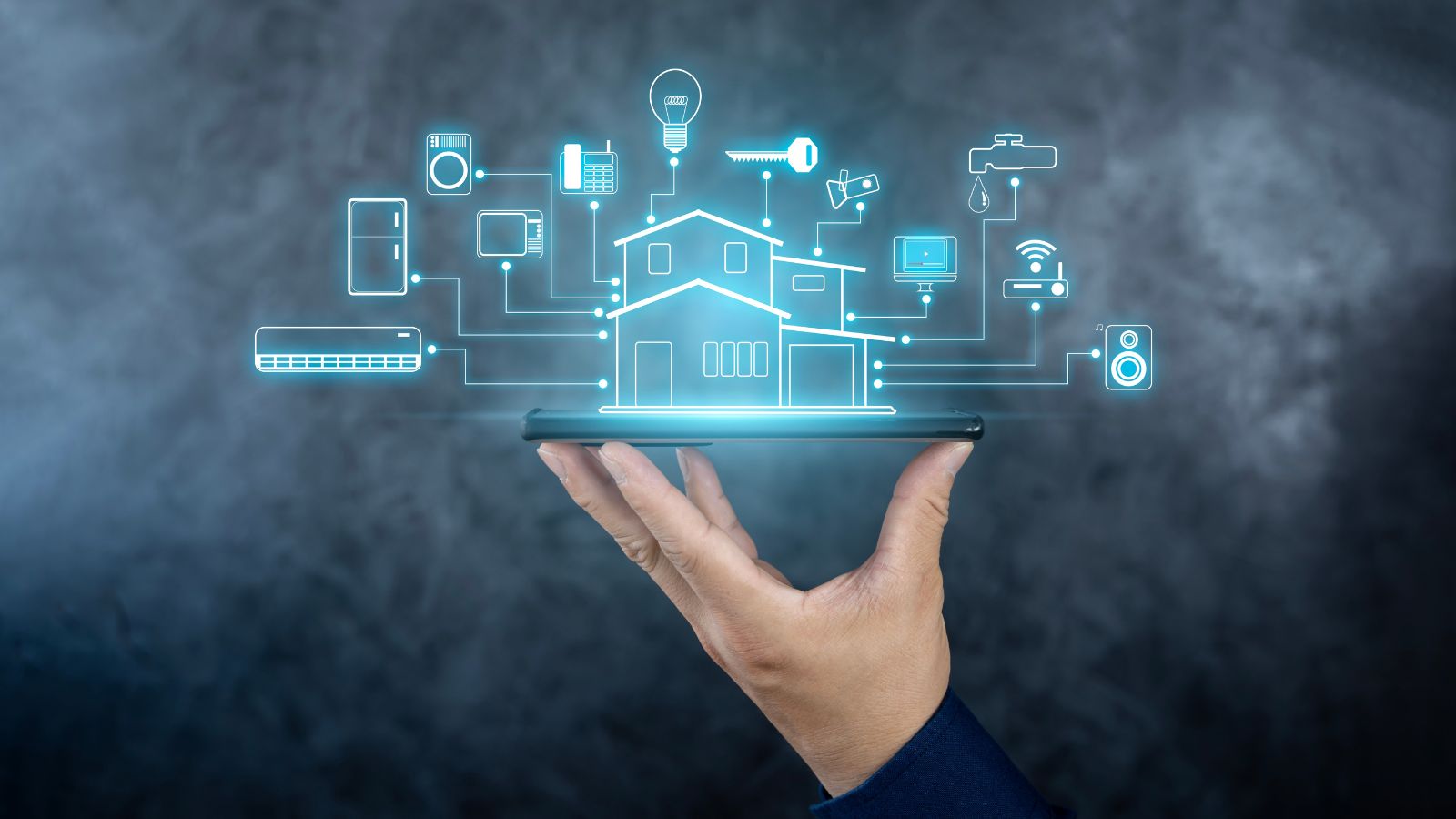
Homeowners insurance is necessary to protect your investment, but the cost can be higher than anticipated. Factors such as the home’s location, age, and construction materials influence premiums. Additionally, if you live in an area prone to natural disasters, you might need additional coverage for floods, earthquakes, or hurricanes.
Private Mortgage Insurance
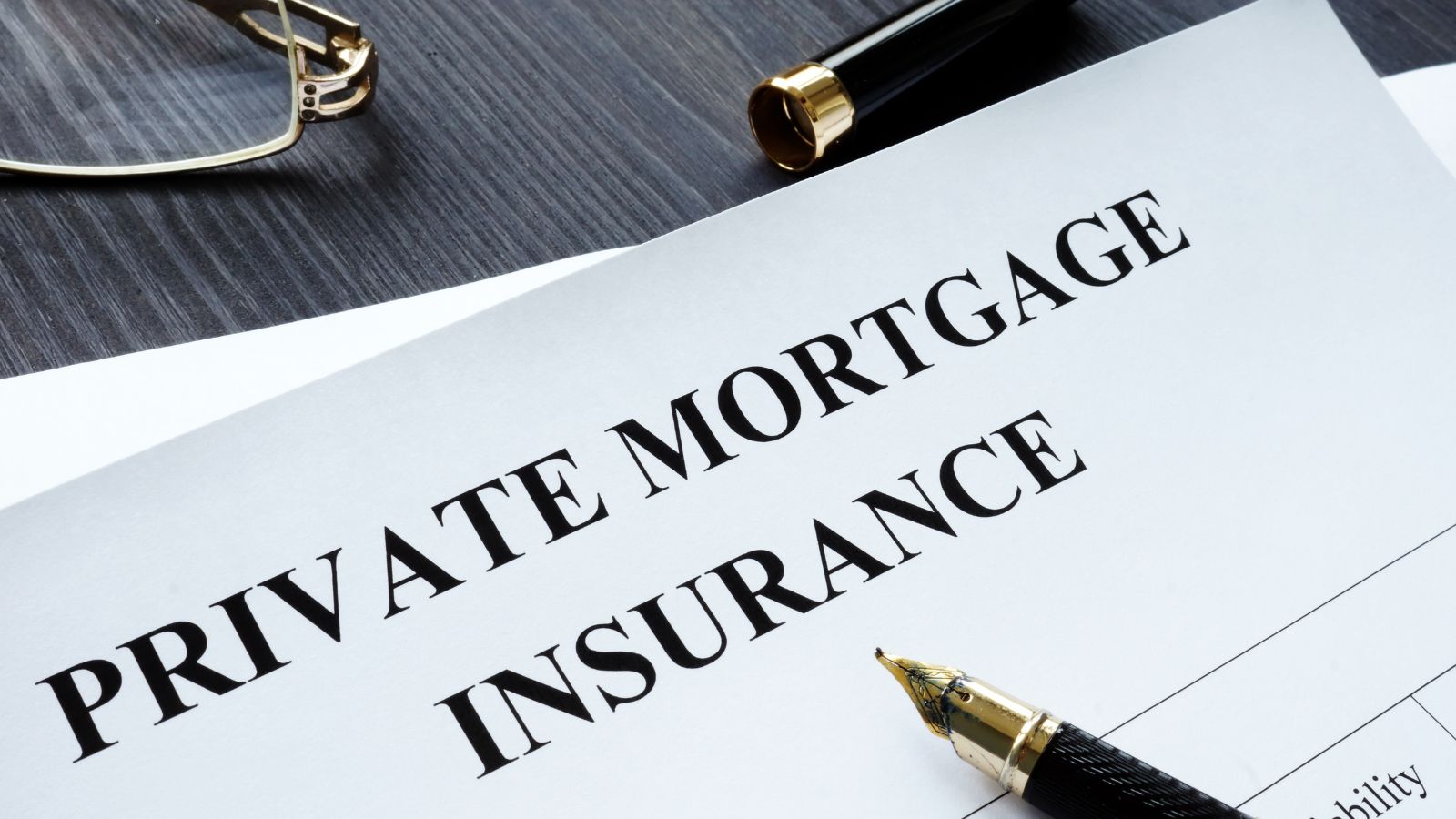
If you put down less than 20% of the home’s purchase price, your lender will likely require PMI. This insurance protects the lender in case you default on your loan. PMI can add hundreds of dollars to your monthly mortgage payment until you’ve built enough equity in your home. It’s a cost that many first-time buyers, who often make smaller down payments, don’t fully anticipate. Over time, this can add up to thousands of dollars in additional costs.
Maintenance and Repairs

Homes require regular maintenance to keep them in good condition. Routine tasks like lawn care, gutter cleaning, and HVAC servicing can add up. Moreover, unexpected repairs, such as a broken furnace or leaky roof, can be costly. Setting aside a portion of your budget for these expenses is crucial. Homeowners should expect to spend 1-2% of the home’s purchase price on maintenance each year.
Utilities
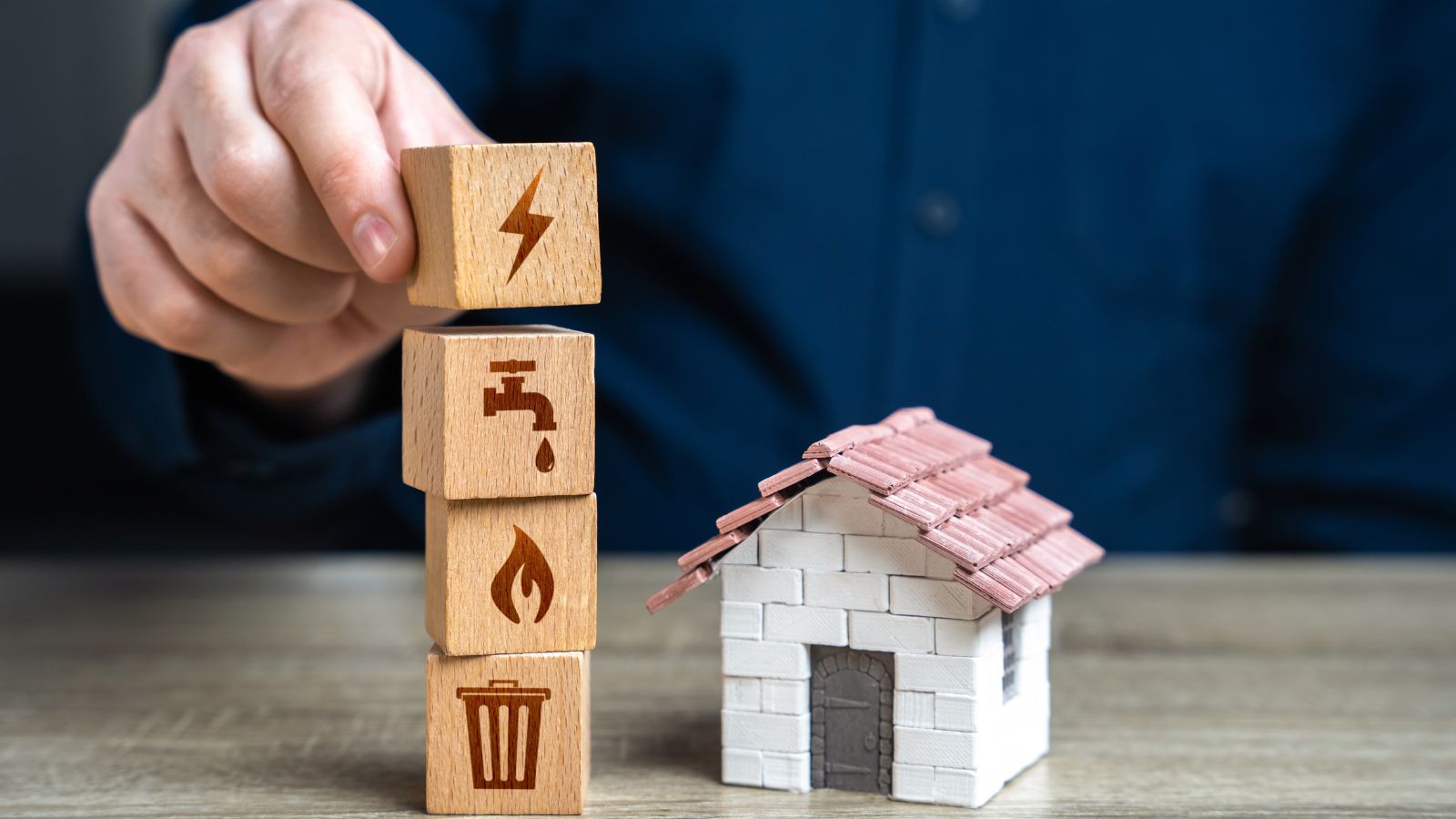
Utility costs are often higher for homeowners than renters. Heating, cooling, water, electricity, and garbage collection can significantly impact your monthly budget. The size of your home, local rates, and your usage habits will determine these expenses. In older homes, outdated systems might be less efficient, leading to higher utility bills. Investing in energy-efficient appliances and home improvements can help reduce these costs over time, but they also require an initial investment.
HOA Fees
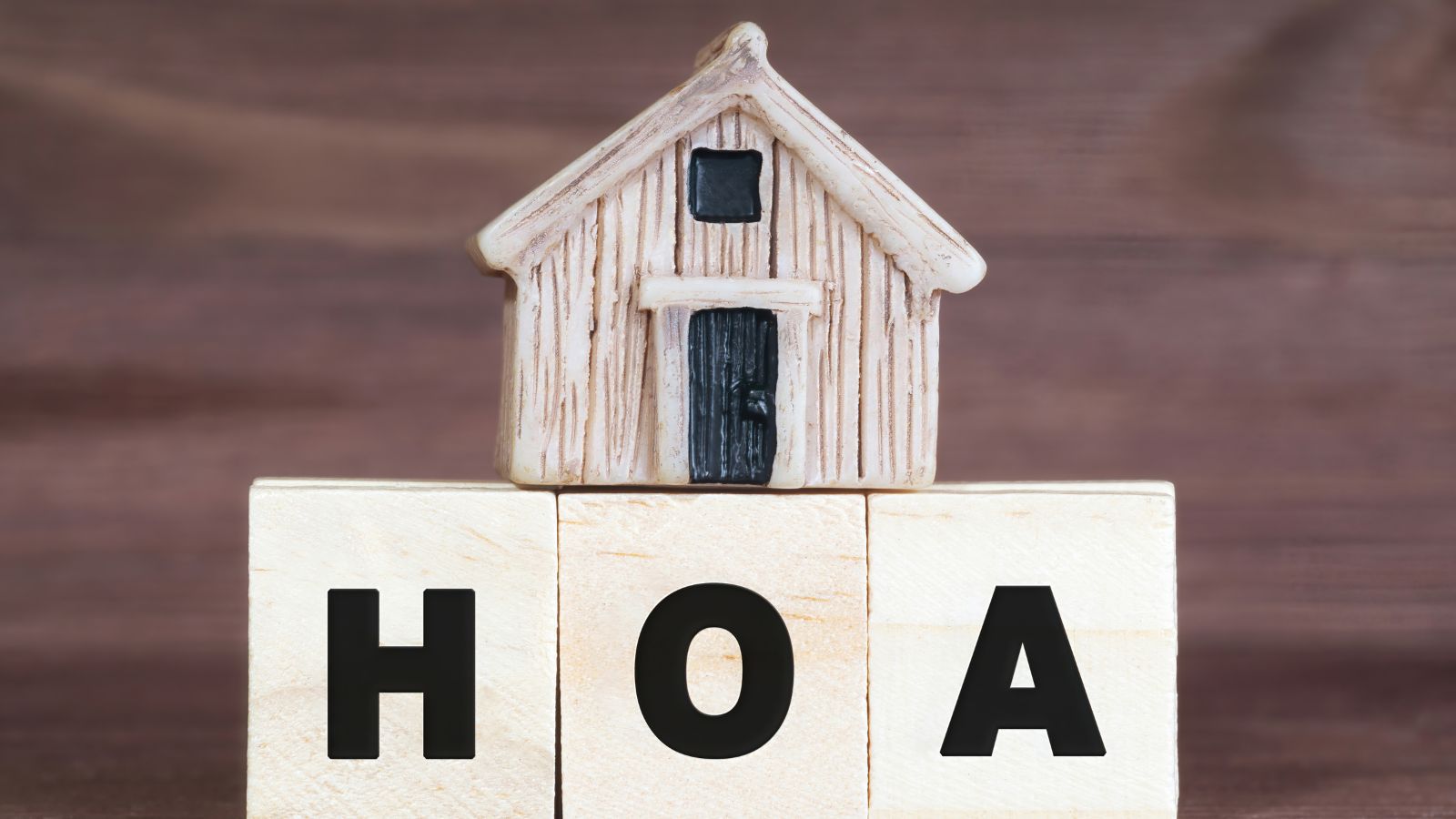
If your home is in a community with a homeowners association (HOA), then you are required to pay HOA fees. These fees cover the maintenance of common areas, landscaping, security, and other community services. They can range from a few hundred to several thousand dollars annually. In some cases, HOAs might also charge special assessments for major repairs or improvements to community facilities, adding another layer of cost.
Pest Control
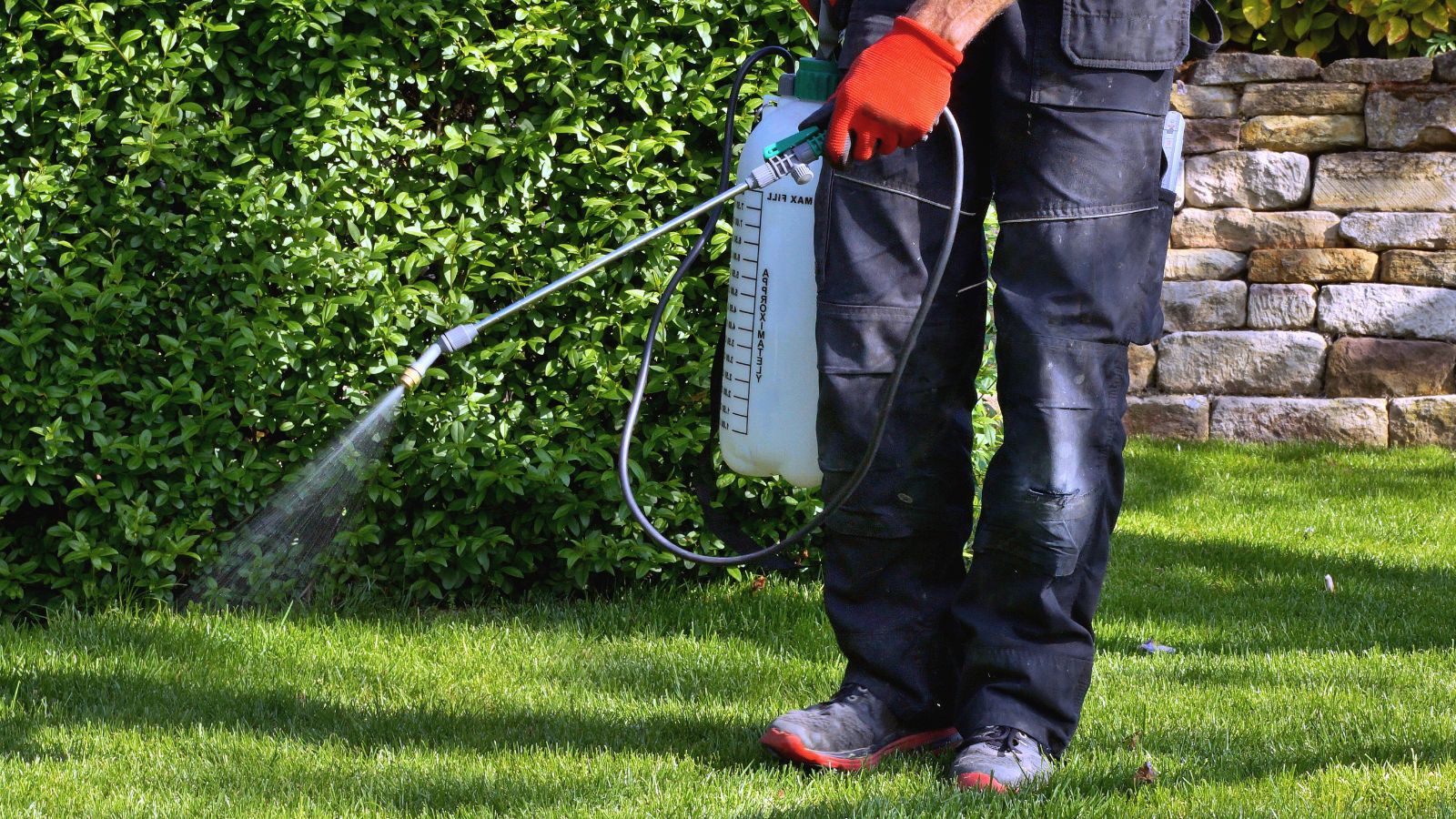
Pest infestations can damage your home and pose health risks. Regular pest control services can prevent issues, but they come at a cost. Whether it’s dealing with termites, rodents, or seasonal pests, these expenses can add up over time. In areas prone to specific pests, such as termites in the South, regular inspections and treatments are essential to prevent costly damage.
Landscaping
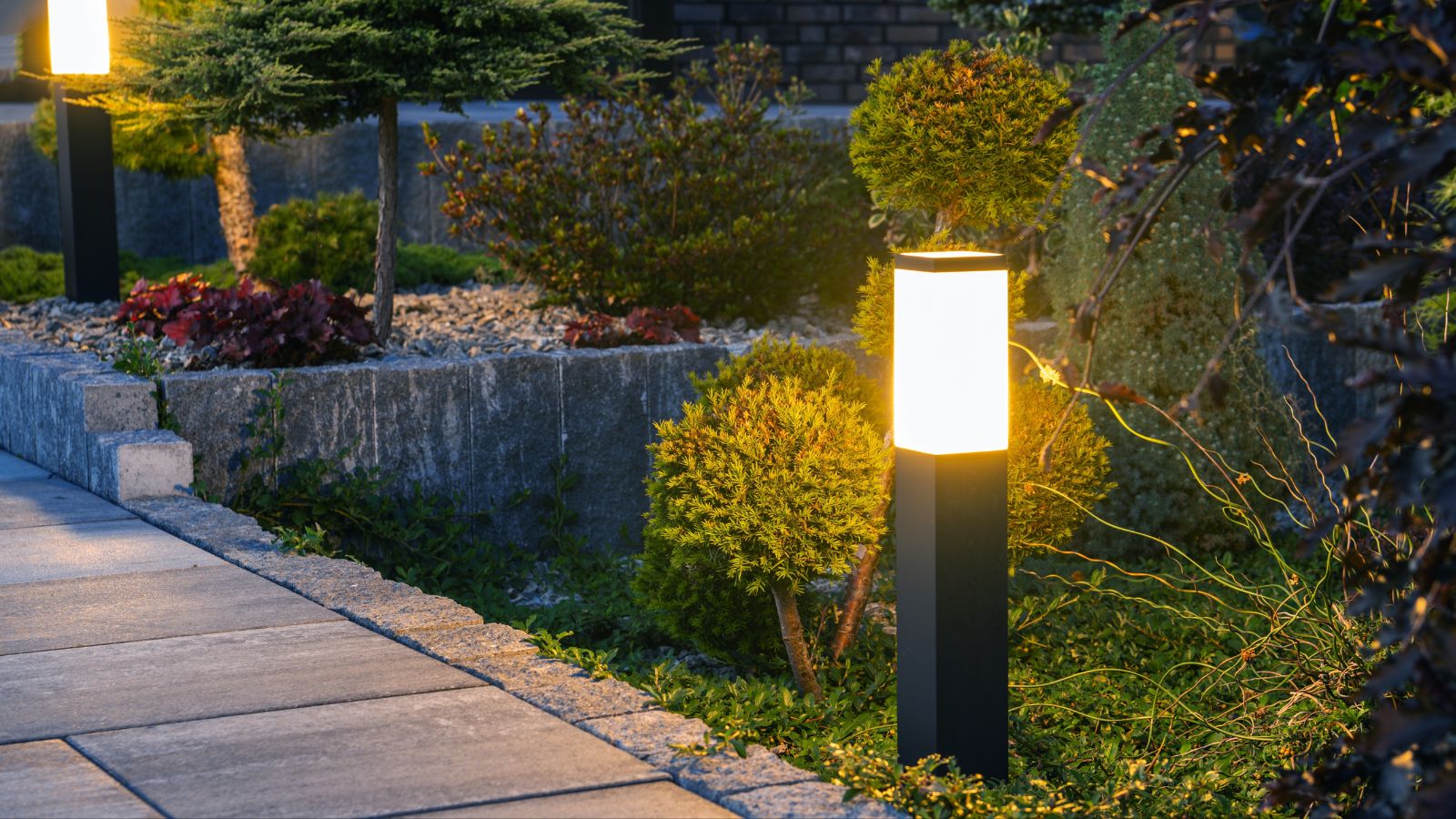
Maintaining your yard can be both time-consuming and expensive. Costs for lawn care, gardening supplies, tree trimming, and landscaping services can quickly escalate, especially if you want to enhance your property’s curb appeal. Hiring a professional landscaper for design and maintenance can be costly but might be necessary if you lack the time or expertise to maintain your yard yourself.
Home Security

Investing in a home security system can provide peace of mind, but it also comes with initial setup costs and ongoing monitoring fees. Additionally, some systems may require regular maintenance or upgrades to stay effective. While the benefits of a security system can outweigh the costs, especially in terms of safety and potentially lower insurance premiums, it’s still an expense to consider.
Appliance Replacement
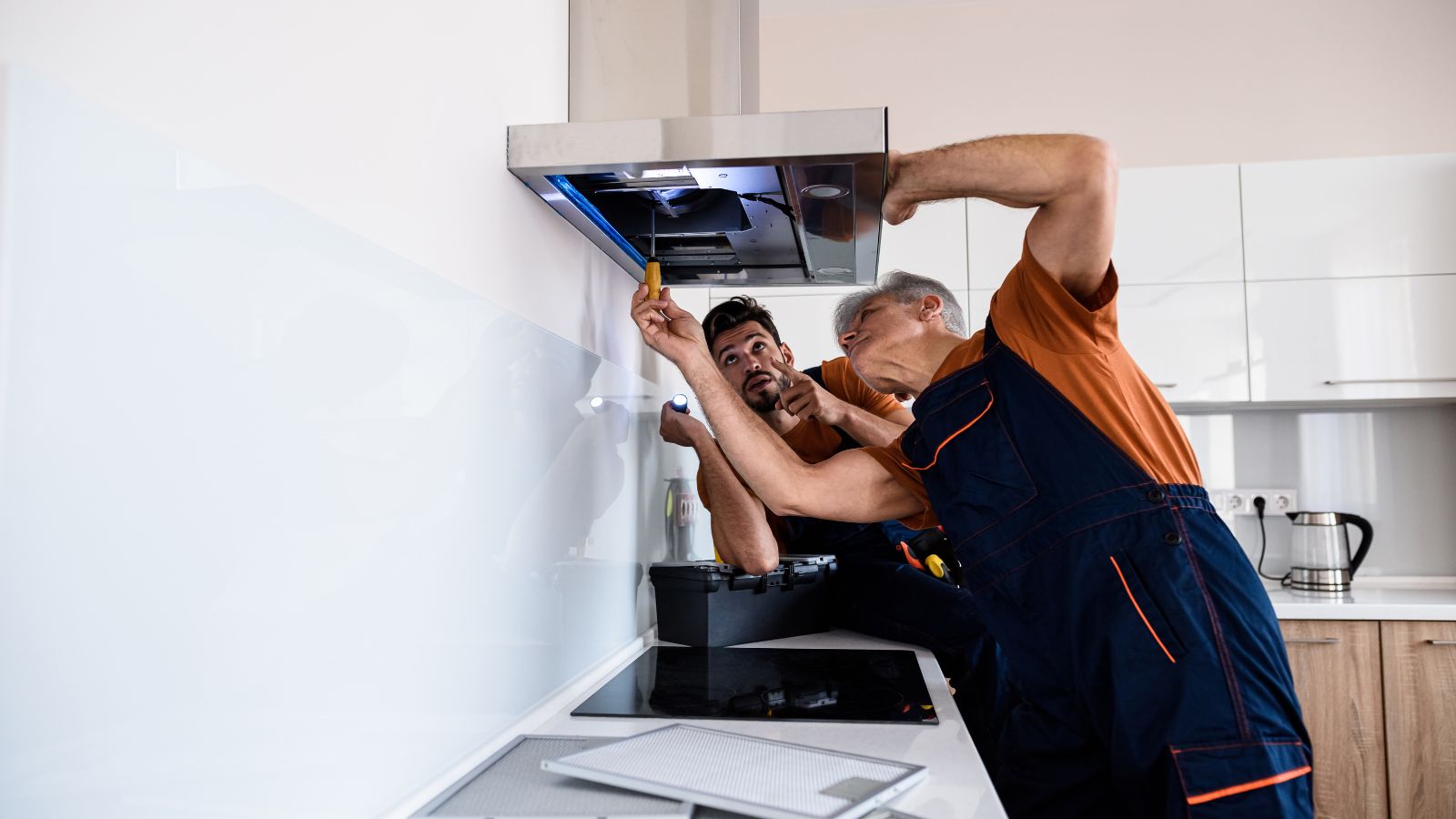
Major appliances like refrigerators, ovens, and washing machines have limited lifespans. Replacing these appliances can be a significant expense. It’s wise to plan for eventual replacements, especially if you’re buying an older home with aging appliances. Budgeting for these replacements can help avoid financial strain when an appliance unexpectedly fails.
Renovations
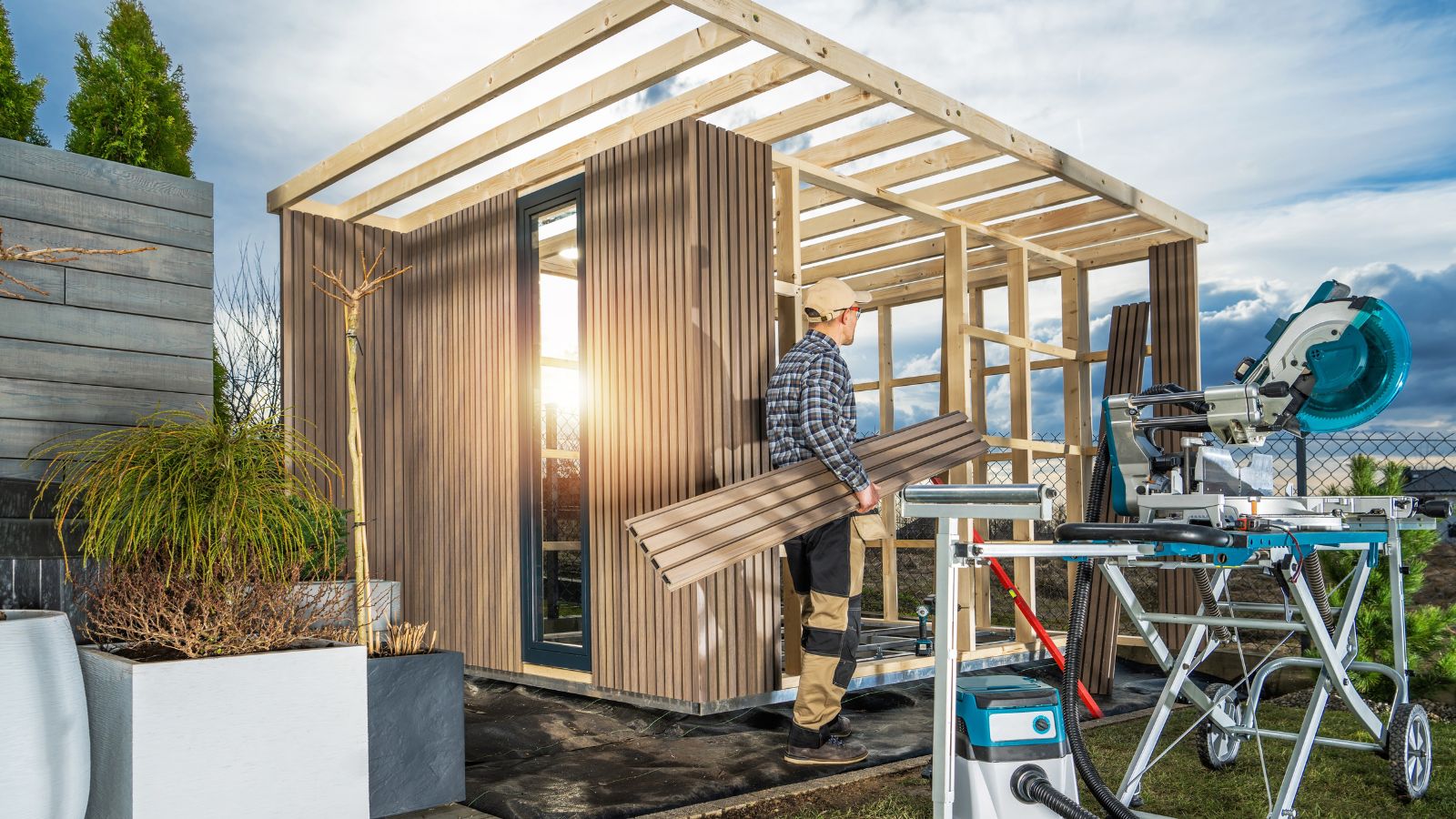
Over time, you may want to update or improve your home. Remodeling projects can be costly, whether it’s a kitchen upgrade, bathroom renovation, or finishing a basement. Even small projects can add up, so it’s essential to budget for potential renovations. DIY projects can save money but might require more time and effort than anticipated.
Legal Fees
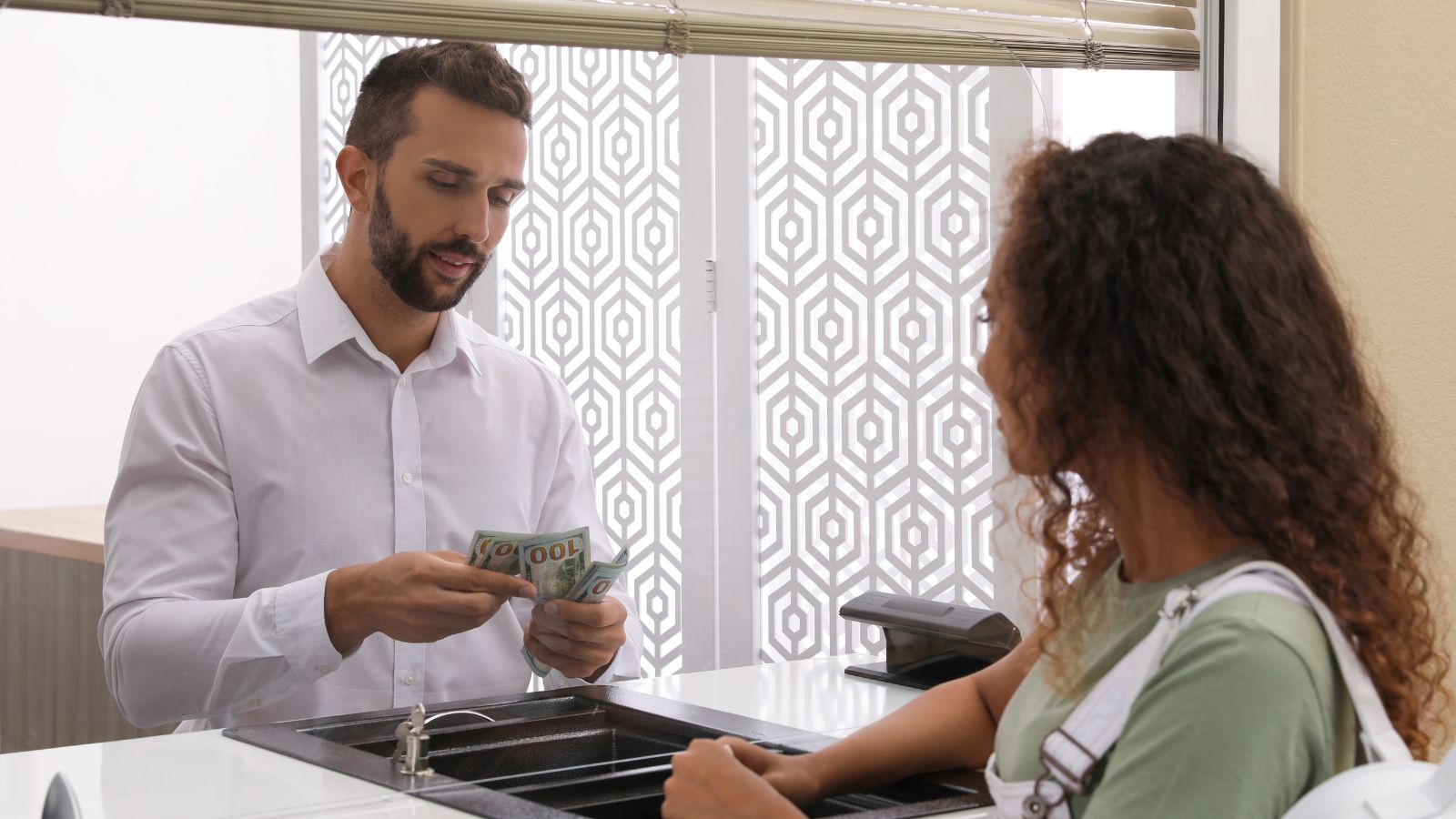
Homeownership can sometimes involve legal fees, whether for settling property disputes, reviewing contracts, or estate planning. These costs can be unexpected but are necessary to protect your investment and ensure legal compliance. Consulting with a real estate attorney during the buying process can prevent future legal issues but also add to the initial cost.
Property Management
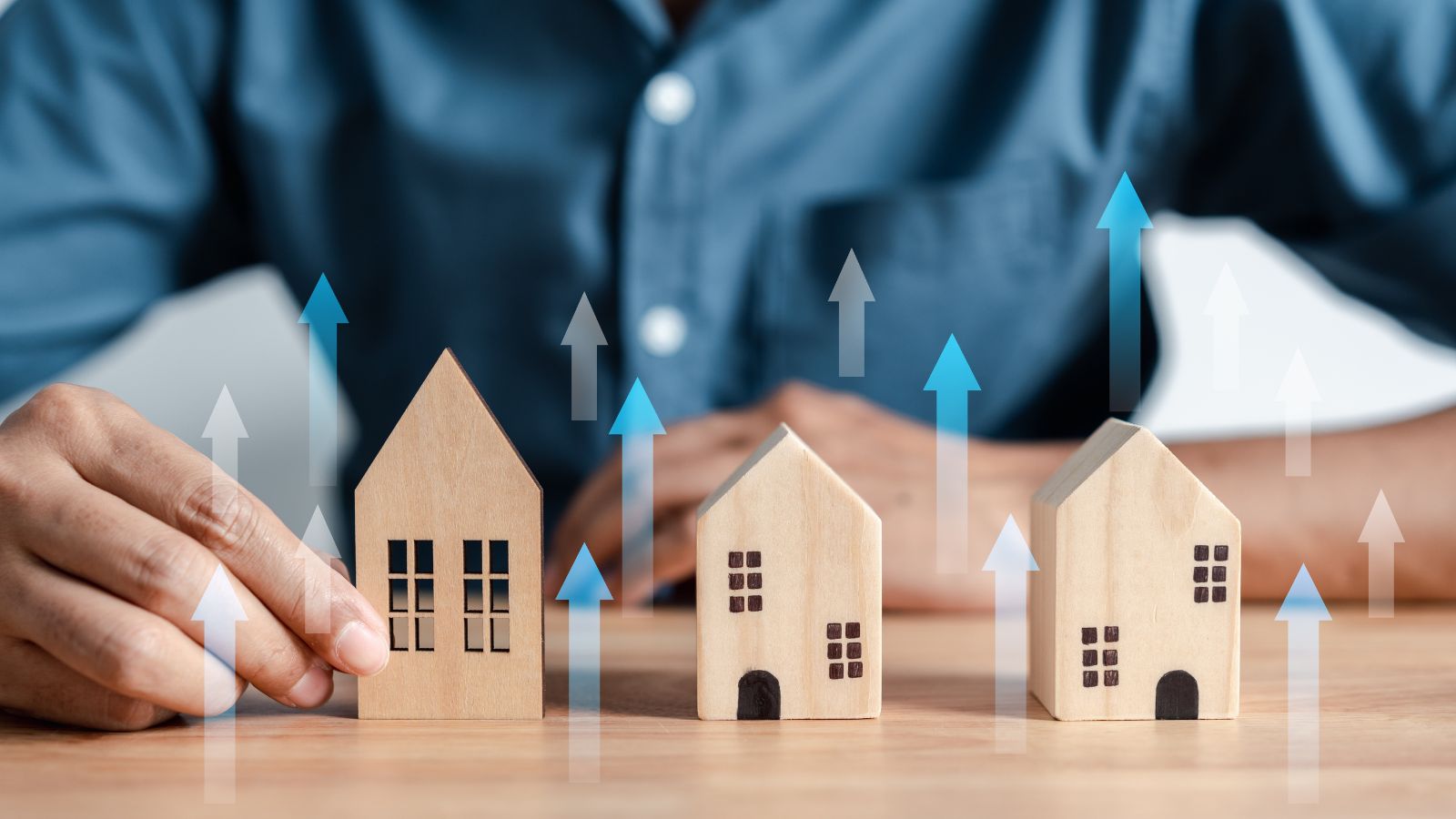
If you rent out your property or plan to do so in the future, hiring a property management company can simplify the process. However, management fees can range from 8% to 12% of your rental income, adding another layer of expense. While property management can save time and hassle, it’s essential to weigh the cost against the potential benefits.
Seasonal Maintenance

Different seasons require specific home maintenance tasks. Winterizing your home, cleaning gutters in the fall, and preparing your garden in the spring all incur costs. Seasonal maintenance helps prevent more significant problems but requires regular investment. Ignoring these tasks can lead to more significant and costly repairs down the line.
Furniture and Decor
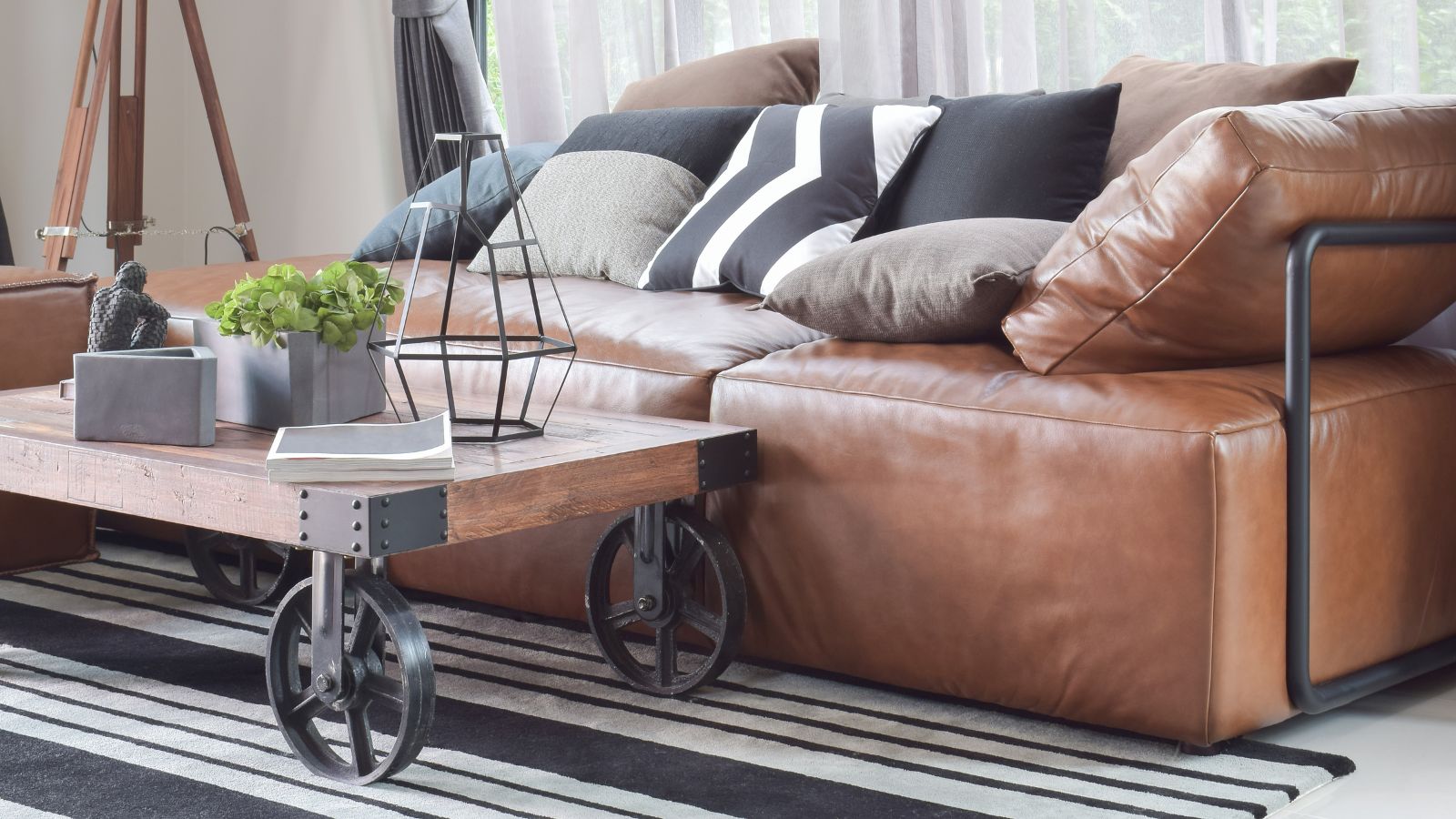
Furnishing and decorating a new home can be surprisingly expensive. From essential furniture items to decor and personal touches, creating a comfortable and stylish living space often costs more than anticipated. Budgeting for these items when buying a home can help avoid overspending and financial stress.
Homeowners’ Association Special Assessments
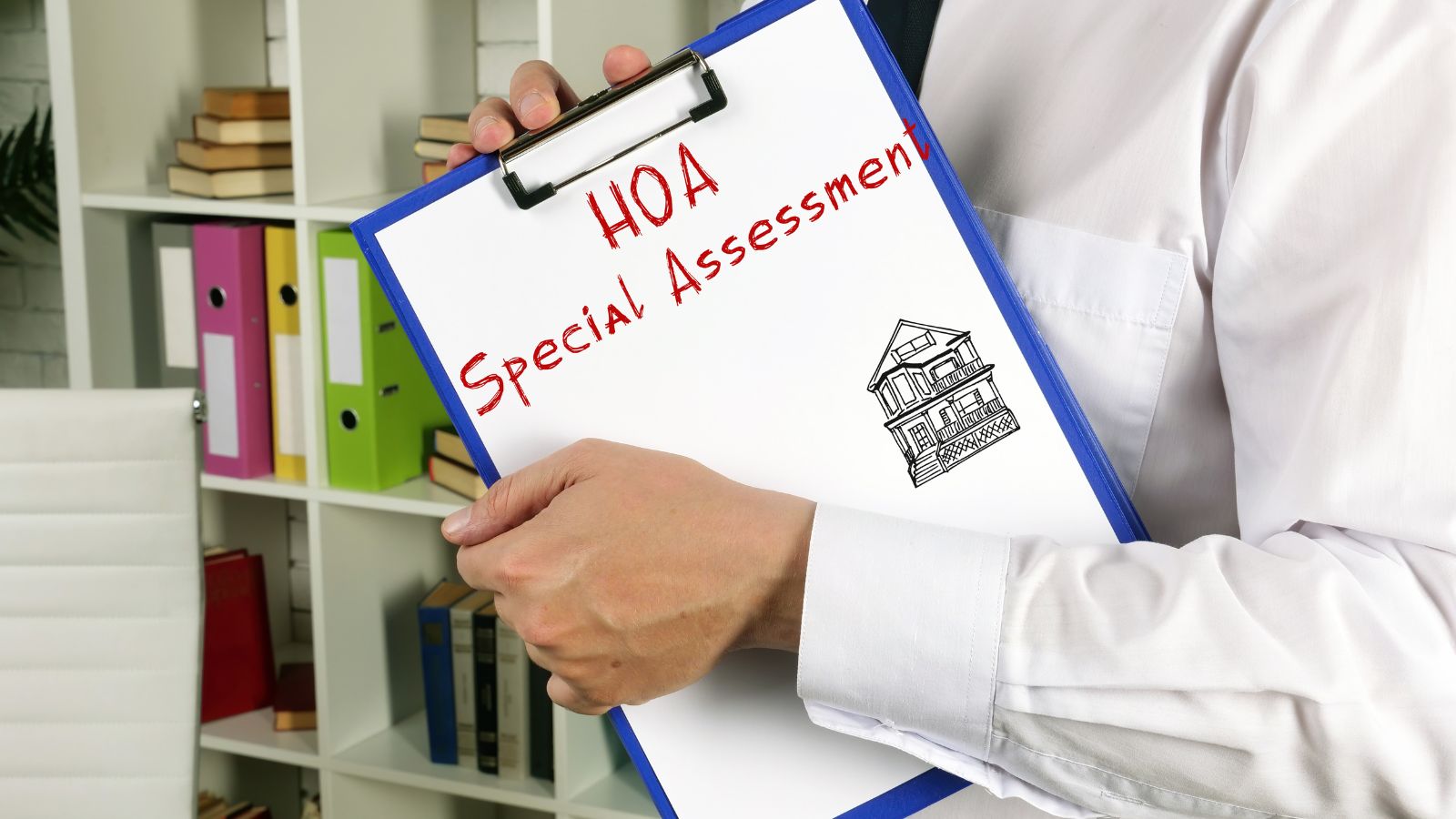
In addition to regular HOA fees, special assessments can be levied for unexpected repairs or improvements to community areas. These assessments can be substantial and require immediate payment, putting an unexpected strain on your finances. Staying informed about your HOA’s plans and financial health can help you anticipate these costs.
Increased Transportation Costs
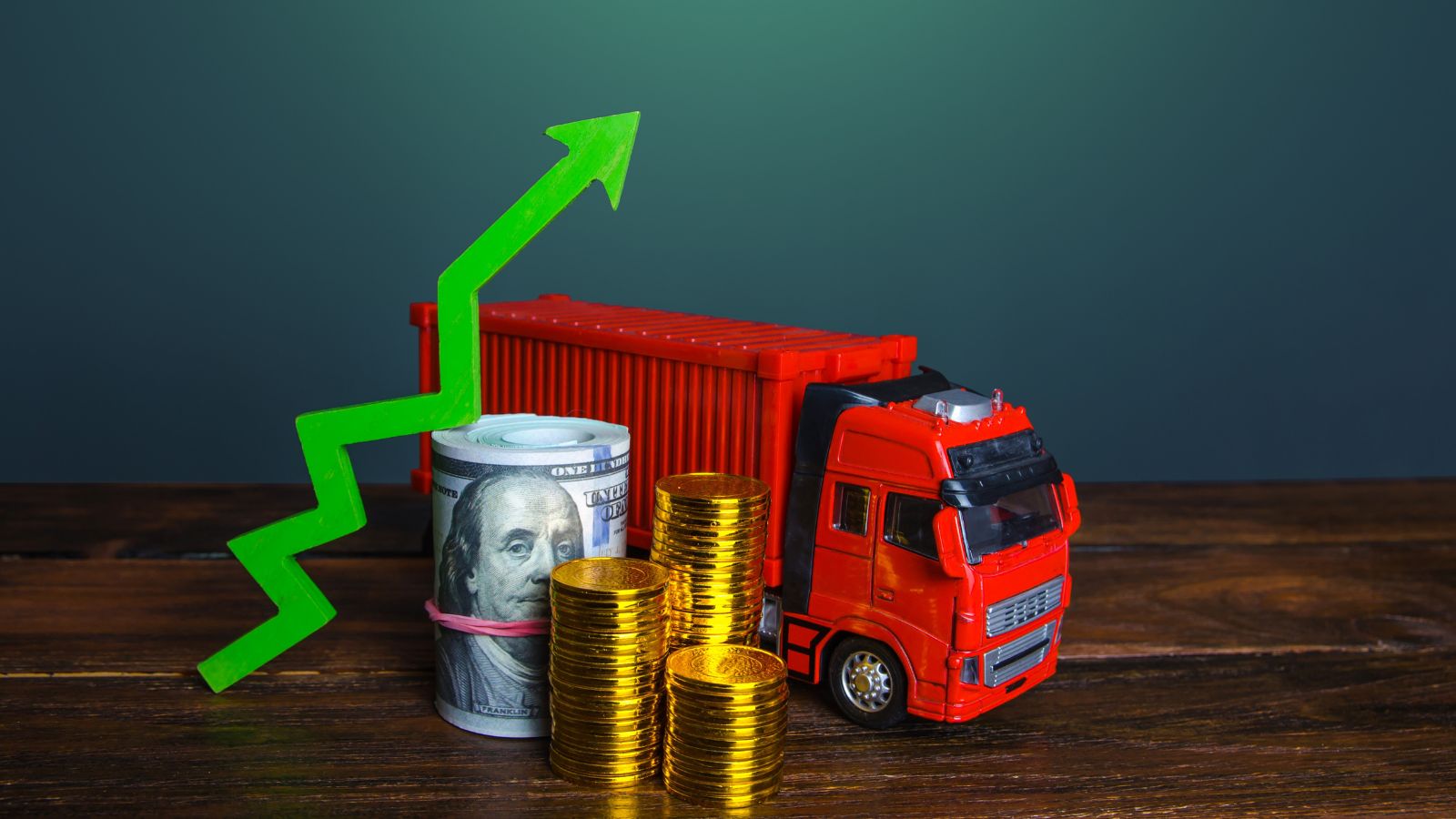
You may face higher transportation costs if your new home is farther from work, school, or other regular destinations. Longer commutes can increase fuel expenses, wear and tear on your vehicle, and the need for more frequent maintenance. Additionally, if public transportation options are limited, you might need to rely more on personal vehicles, increasing costs.
Conclusion

Homeownership has many benefits, but it also includes numerous hidden costs that can catch new homeowners off guard. By understanding and budgeting for these expenses, you can better prepare for the financial realities of owning a home. From property taxes and insurance to maintenance and unexpected repairs, being aware of these costs ensures that you can enjoy your house without undue financial stress. Proper planning and budgeting are essential to making homeownership a rewarding and manageable experience.
5 Canadian Provinces Predicted to Thrive in the Next Economic Boom
 To thrive in an economic boom, a region needs good infrastructure, talented people, government policies that support growth and uplift the economy, and a culture of entrepreneurship. Often, the demography can also be a significant indicator of a region’s economy in the next few years. Although reports may vary on which regions will perform the best economically, certain regions come up on every list. Here are 5 Canadian provinces predicted to thrive in the next economic boom:
To thrive in an economic boom, a region needs good infrastructure, talented people, government policies that support growth and uplift the economy, and a culture of entrepreneurship. Often, the demography can also be a significant indicator of a region’s economy in the next few years. Although reports may vary on which regions will perform the best economically, certain regions come up on every list. Here are 5 Canadian provinces predicted to thrive in the next economic boom:
5 Canadian Provinces Predicted to Thrive in the Next Economic Boom
